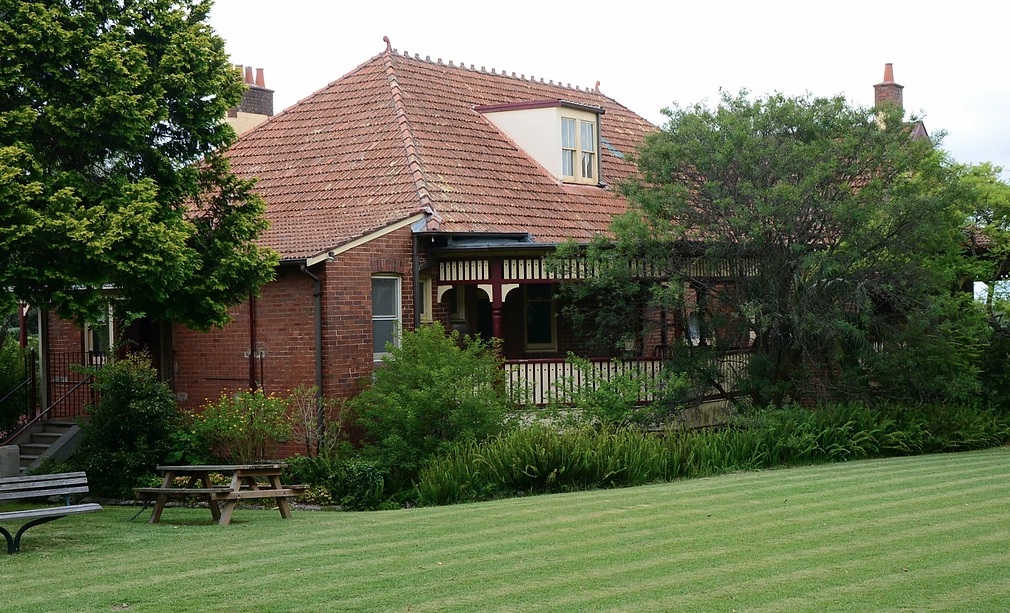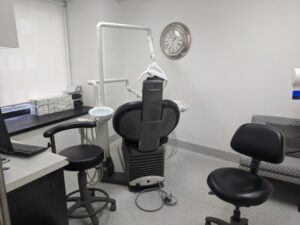
Dentist Near Turramurra
Dental restoration otherwise known as dental filling is a treatment to restore the functionality or integrity of the tooth. It fills in the missing structure of the tooth, due to cavity or external trauma such as a chipped tooth. It is considered to be a minor dental procedure and there are generally two types of dental restoration available in Turramurra, direct and indirect. To determine what type of dental restoration an individual needs, a visit to the dentist in Turramurra is advised as each case differs.
Before placing the direct or indirect restorative material, the tooth needs to be prepared and planned to remove any cavities and other portions of the tooth structure so the filling material will be sound. This involves using a rotary handpiece and dental burs to sculpt out necessary areas from the tooth. After that roughening the surface of the tooth with etch and using an adhesive material to bond the direct or indirect restorative material onto the site.
Direct materials are composite resin and amalgam, which are white filling and silver filling respectively. Both are soft malleable material that can be built up and restored in a single visit.
Composite material is the commonly used direct material for fillings, and it is due to the durability and aesthetic function it provides in relation to amalgam. It is able to restore the tooth interproximally with a tight gap from the help of a matrix band and also provide a seamless look for chipped teeth, especially the front ones.

As for indirect fillings such as inlays, onlays, crown, bridge and veneers. They are restoration that is created outside of the mouth and made in a dental lab. The fabrication of these indirect fillings requires the dentist to take a dental impression after the preparation of the tooth. A second visit is needed to cement the indirect filling back onto the tooth.
In the meantime the patient will be given a temporary filling to protect that tooth. The cementation requires different bonding agents depending on the material used for the indirect filling. They can be made out of gold, ceramic, porcelain, alloys or porcelain fused metal (PFM).
All of them have their advantages and weaknesses depending on the structure area of the tooth that needs to be restored. The dentist near Turramurra like the Hornsby Dental will be able to explain the advantages and weaknesses of the material if you do need an indirect filling.
Another component for a restoration for deciduous teeth is that children’s mouths,which could be hard to keep their mouth open for long and keep all the moisture out. Hence glass ionomer cement (GIC) makes a good direct filling for children. It has a quick settling time that does not require a bonding agent to cement.
GIC also contains fluoride that releases after being placed which is a great advantage for deciduous teeth to prevent carious lesions. Due to this great quality, dentists may also use GIC as a lining on the tooth as extra protection prior to the actual filling material.
